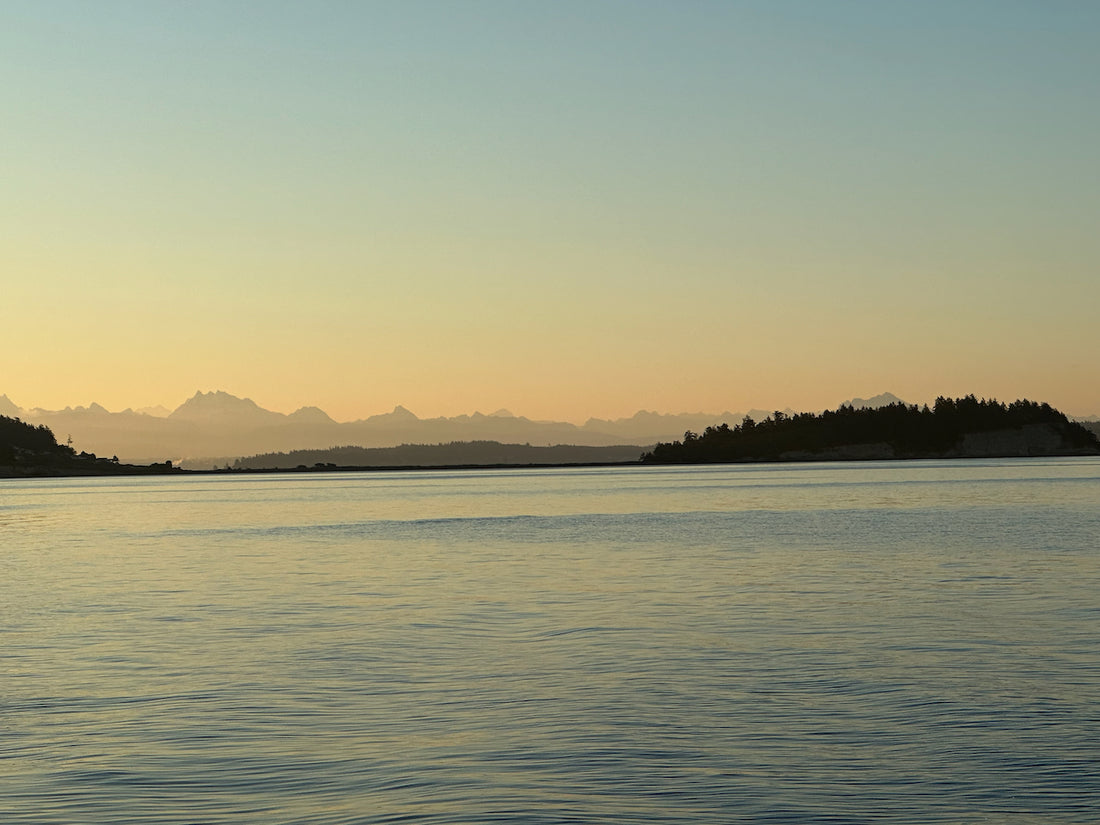Planning a successful passage is more than just picking a point on the map and setting sail. It's about anticipating challenges and ensuring a safe, comfortable, and efficient journey. Here's a breakdown of key considerations:
Charting Your Course:
- Resource Quality: The first step is meticulously examining your charts, pilot guides, and navigation aids. Assess their accuracy and detail – are they sufficient for the voyage you're planning?
- Navigational Hazards: Identify potential hazards along your route, particularly those requiring good visibility to navigate safely. Consider how these hazards might interact with prevailing weather conditions.
- Estimated Arrival Time: Factor in your vessel's speed to estimate your arrival time at your destination. This helps determine potential weather conditions you might encounter.
Tides and Currents:
- Tidal Fluctuations: When there's a risk of grounding or encountering submerged hazards, understanding tidal patterns is crucial. Plan your arrival and departure windows around favorable tides.
- Moon Phases: In certain locations, like central Puget Sound, Washington, USA, with extreme tides and currents, understanding the moon cycle is vital. Avoid arriving during spring tides if possible.
Underwater Topography:
- Hidden Dangers: Consulting deep-sea charts can reveal underwater ridges or mountains, especially in areas with strong currents. These features can create unexpectedly rough seas even in moderate weather.
Landfall Strategies:
- Coastal Features: Research the topography of your landfall. If there are mountains with valleys in between, land might initially appear as islands. Be aware of any real islands in the vicinity that could add confusion.
- Contingency Planning: For challenging landfalls, anticipate potential problems and brainstorm solutions that minimize risk and discomfort. Consider factors like poor visibility, unexpected currents, and significant changes in wind speed.
The Bottom Line:
By meticulously planning your passage and considering all the potential challenges, you can ensure a smoother, safer, and more enjoyable arrival at your destination. Taking the time to anticipate potential issues allows you to make informed decisions and navigate any obstacles with confidence.

